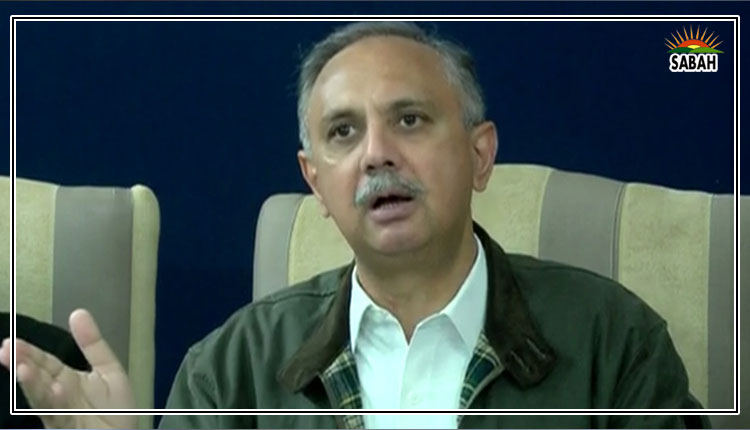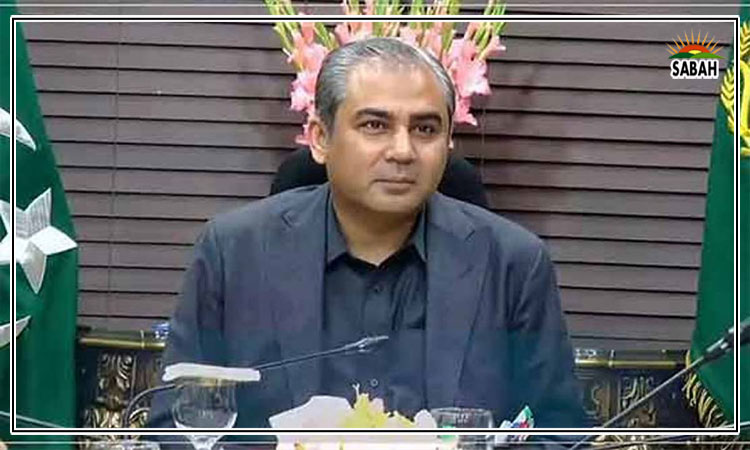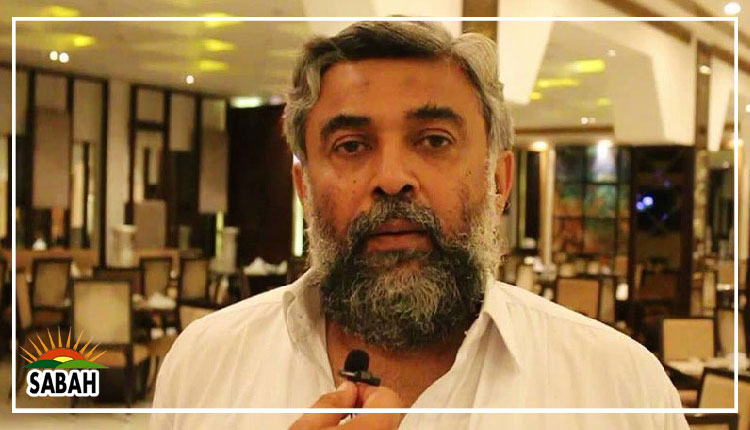Resilient Sindh … Naseer Memon
THE newly elected Sindh Chief Minister Syed Murad Ali Shah and the ruling PPP chairperson Mr Bilawal Bhutto-Zardari have reiterated their commitment to making the rehabilitation of flood-affected communities a priority.
More than a year and a half after the deluge, hundreds of thousands of families are still waiting to be rehabilitated. Rebuilding two million houses, repairing and reconstructing 20,000 schools, dozens of roads, culverts, health facilities and water supply schemes is a herculean task. The PPP government has resumed these projects initiated in its previous term. International donors, including the World Bank and the Asian Development Bank, have provided substantial financial and technical assistance. While rebuilding critical infrastructure and services is indeed a priority, it is also an opportunity for a paradigm shift.
An important lesson from the 2022 floods is the need to embark on a macro-level resilient development model for the province. Anything less than a climate-resilient Sindh would mean funnelling precious resources into a flawed development model. Sindh’s peculiar topography makes it vulnerable to multiple climate hazards. The Indus poses a perpetual flooding risk from north to south. The Kirthar hills to the west expose the province to devastating flash floods. The coastal belt in the south is prone to cyclones, tsunamis and a rise in sea levels. The eastern desert strip experiences frequent dry spells and droughts, whereas major cities like Karachi and Hyderabad experience urban flooding and heatwaves. Worst still, a gentle gradient north to south makes natural drainage terribly sluggish.
All this shows the scale of fragility amid the vagaries of climate change. The province’s economy, especially in the rural areas, is largely dependent on an inherently delicate agro-pastoral production model. A scarce asset base and skewed land ownership in favour of the landlords are root causes of the poverty trap in the rural areas. Consequently, over 40 per cent of the population lives below the poverty line, which is perennially vulnerable to the climate’s wrath.
A carefully crafted climate approach for distinct hydro-climatic zones is needed. A new perspective is required to design roads, culverts, bridges, houses, schools, public utility structures and flood protection infrastructure. Town planning and urban drainage ought to incorporate new benchmarks to confront the increasing unpredictability of extreme weather events. Abnormal rains in August 2022 in Sindh, unusual rainfall in Balochistan districts bordering Sindh in July-August 2022, and the recent experience of a winter downpour in Balochistan must be noted by development planners. Given its insufficient capacity and flawed design, the existing infrastructure was bound to collapse under such heavy precipitation.
Unannounced climatic somersaults are expected with more frequency. The Sindh government should revisit its plans in order to avert another catastrophe that could ruin the already poor public infrastructure and services built over decades. One should not forget that the schools damaged by the floods constituted nearly half the entire school infrastructure built over the last 75 years in the province. Encroached natural courses, poorly designed drainage systems, rickety flood prevention infrastructure, a ramshackle canal network and primitive cropping patterns are key factors that turned climate hazards into calamities. Unless the province focuses on these causative factors, rehabilitation will be unsustainable.
Economic well-being is key to community resilience. According to the Food and Agriculture Organisation’s recent report Unjust Climate, a single day of extreme precipitation causes poor households to lose 0.8pc of their incomes in comparison to better-off households.
Floods and heat stress cause poor households to lose livestock holdings either through distress sales of animals or higher levels of livestock mortality. Poor households reduce their investment in agriculture when faced with floods and droughts, as they redirect their scarce resources away from agricultural production to immediate consumption needs. This was observed during the 2022 floods when over 2m households in Sindh lost their houses, livestock and crops.
According to the Post-Disaster Needs Assessment report, poverty in Sindh will increase by between 8.9 and 9.7 percentage points. Rebuilding homes will only help if the local economy is also resuscitated. Compensation for loss or damage or any other cash handout will only provide fleeting relief, which is not a substitute for economic rehabilitation. Sindh needs a comprehensive plan to make the province resilient against climate shocks.
The writer is a civil society professional.
nmemon2004@yahoo.com
Courtesy Dawn, March 23rd, 2024












